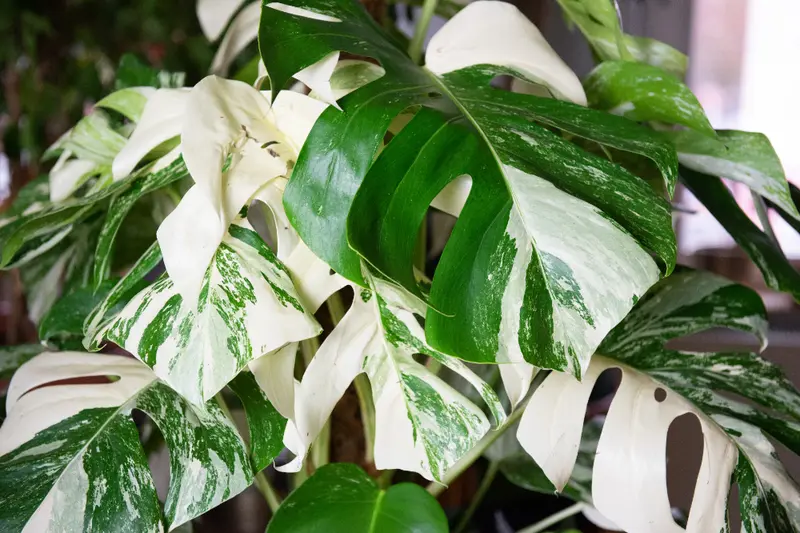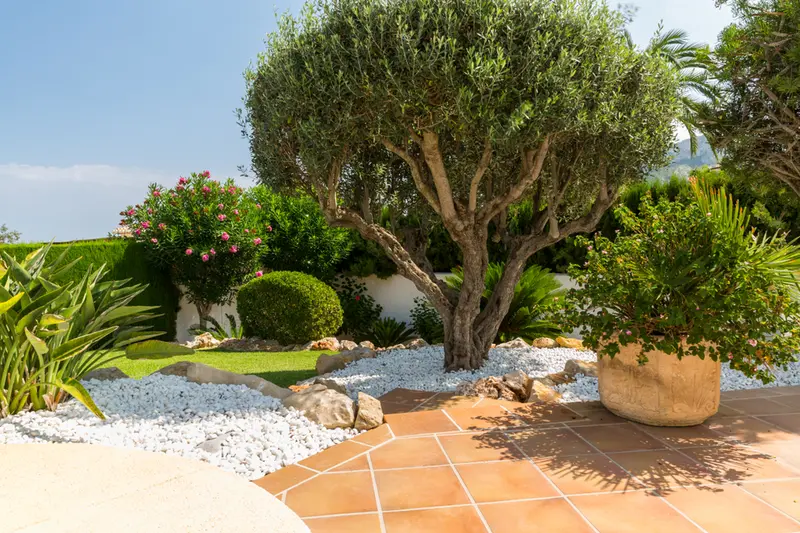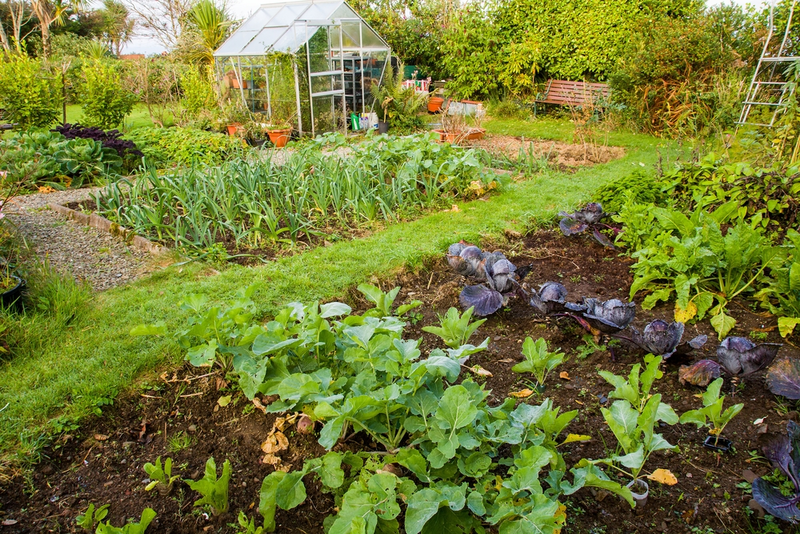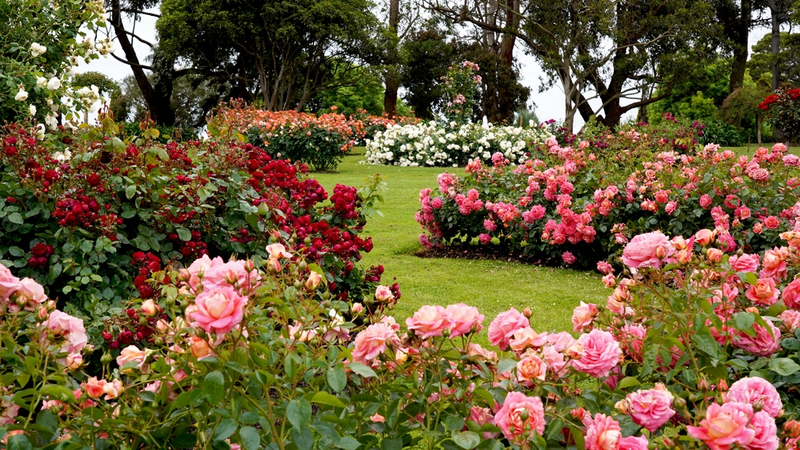Planting these top 5 drought-tolerant plants means they will thrive in dry conditions and longer hot summers. This will ultimately mean you can have a low maintenance garden to suit the environment. All plants need water, but drought-tolerant plants need far less, meaning you can use the water from your water butt for other plants that need it. Creating a dry garden is great for hot spots and there are many plants that flower, have texture, and fragrance and are perfect for a drought-tolerant space. Many will have long roots which are able to draw up water from deep below the surface, others have evolved to grow smaller leaves meaning less transpiration, and others may have fleshy stems where they store water for times of low rainfall.

1. Agapanthus (Lily of the Nile)
This is a well-known and distinctive plant that grows really well in containers or in garden borders. There are many varieties, but we love ‘Fireworks’ as the lilac and white flowers look just like fireworks at the top of the long sturdy stems. Agapanthus need water as they establish but after the first year they will need much less.
2. Delosperma (Hardy ice plant)
This is a wonderful drought-tolerant plant needing very little water. Delosperma cooperii is a low-growing variety that is exceptional for ground cover in containers or in borders. Grow in full sun and well-drained soil.

3. Oenothera (Gaura)
This plant flowers through midsummer into autumn often where nothing else is growing, the white and pinkish flowers float gracefully in the breeze and will thrive in full sun and well-drained soil. Oenothera is a lovely addition to any garden giving it a whimsical feeling, especially if planted among grasses and other drought-tolerant perennials.
4. Mangave
This is a cross between and Agave and Manfreda and most have really interesting patterned foliage such as ‘Inkblot’ that looks just like ink splashes on the leaves. Mangave needs very little water and should be planted in well-drained soil.
5. Eryngium (Mediterranean Sea holly)
The spiky lilac and blueish bracts surrounding the cone-like centre of little flowers is really stunning and make a bold statement in a sun-filled dry garden. Very little water is needed and the flowers look really pretty in cut flower bouquets.

There are many more plants that will thrive in drought conditions. Always read the label on any plants you buy as this will tell you if the plant needs a lot of watering or not. Other drought-tolerant plants include Erigeron, Verbena bonariensis, Liriope, and Nepeta. We have many plants in our store suitable for a dry garden and we have advice on hand when you visit us.




